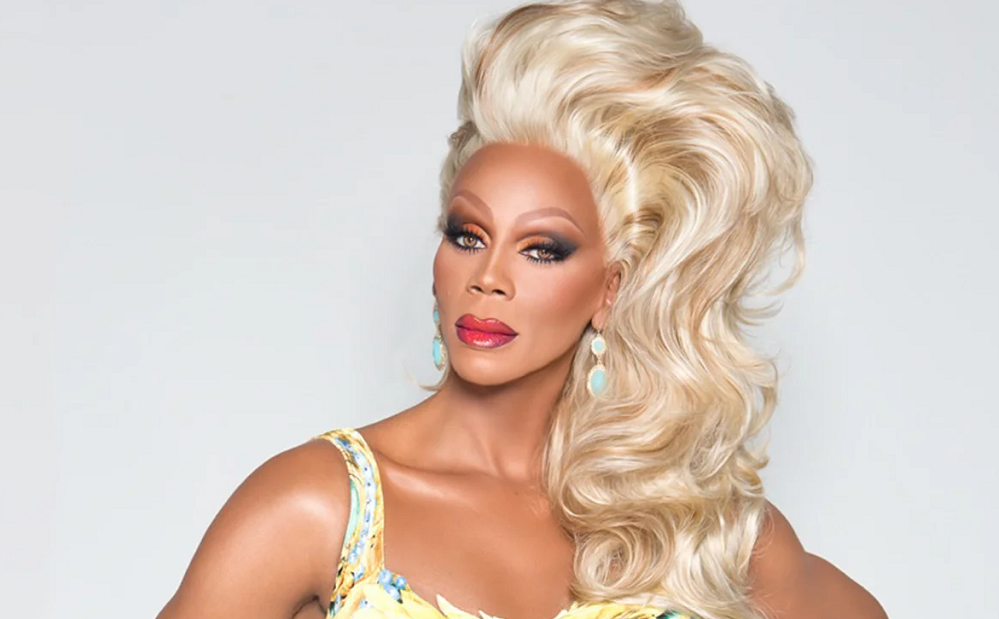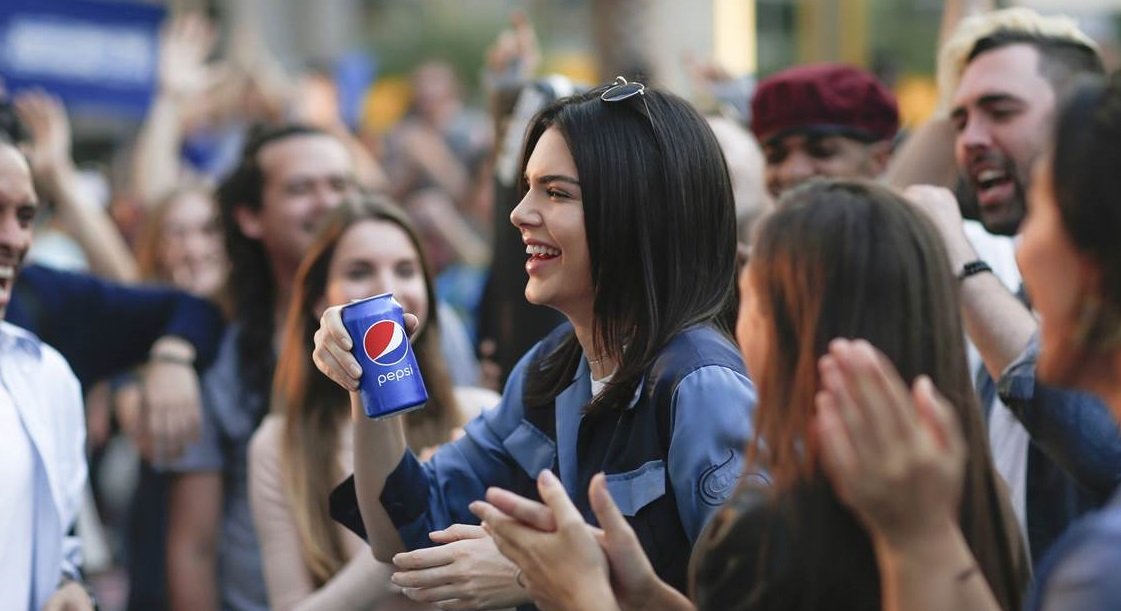If there was one standout event from the last twelve months—besides the growth and spread of a certain virus—it was Black Lives Matter. The deaths of George Floyd and Breonna Taylor catalysed the existing movement into a global social media outcry for racial justice and equality.
Large social movements such as BLM not only provoke societal change but also force brands to do better, with executives and employees alike confronted with the reality that they too have a role to play. For those brands that promote internal diversity and inclusion policies and display their CSR tastefully, there are clear rewards up for grabs.
It’s fashion week season, and this spring all eyes are on Paris. Long-established houses have adapted their runway shows to online platforms, with an emphasis on creating dramatic, socially conscious, and engaging moments.
Virgil Abloh’s sophomore show ‘Ebonics’, at the helm of iconic French label Louis Vuitton, made this transition seamlessly. The African American designer, famed for his own streetwear brand Off-White, transformed the traditional face of the luxury luggage brand with a strong message of solidarity in the wake of BLM protests.
Abloh himself underwent a transformation. He faced criticism last year for condemning looting at the BLM protests. In a recent interview with Vogue: “We sat through so many heavy conversations in 2020, some so heated that things can’t be discussed anymore. But fashion can do this. Shows can do this.”
As a creative industry, fashion is uniquely positioned to make impactful, visual statements. Through diverse creative teams and model selections, long-established houses are increasingly recognising their unique responsibility to transform the face of fashion.
Consequently, social movements can in turn present an opportunity for companies, not just in the creative industry, to display how ‘hip’ and ‘inclusive’ their brands are (with the hope of this message resonating with consumers), open up new customer bases, attract new employees, and boost profits. The reasoning: Gen-Z and Millennial consumers (the social media generations) want to buy from, and work for, socially conscious brands.
However, premature statements can open a brand to criticism and often disincentivise the exact communities they are trying to engage with; in the worst-case scenario, they can even lead to boycotts.

Brand DNA
For many brands, diversity and inclusion are in their history and fabric; making a statement in their advertisements and PR is a ‘natural fit’ for them. MAC Cosmetics has been championing the LGBT community for over 30 years, notably choosing world-renowned drag queen RuPaul Charles as its first face of the Viva Glam lipstick collection in 1994.
The collection became a beauty counter mainstay at the height of the HIV/AIDS epidemic, separating the Toronto-founded beauty label from the pack as a brand that recognised and promoted diversity and inclusion. (It was a considerable gamble in Ireland, given homosexuality was only decriminalised in the preceding year.)
Since its inception, the Viva Glam collection has generated over half a billion dollars globally for HIV/AIDS research while simultaneously bolstering the brand’s reputation, placing it as an attractive option for members and allies of the LGBT community, who can identify themselves in the brand’s campaigns.
‘Cause marketing’ has since become a beauty industry go-to, with brands attempting to capitalise off their own MAC-type success, but frequently without an iota of genuine concern. This provides us with our first valuable lesson: successful social cause statements are not opportunistic, once-off ‘good-weather’ policies. Consumers recognise and reward continuous commitment to a cause.
To achieve success in a brand CSR campaign, it is important to weather the initial storm, disregarding initial pushback. In a recent interview, the Vice President of Strategy, Governance and Citizenship at Estée Lauder, the parent company of MAC, Andrea Flynn said: “Not everyone will agree with you, but you will create a cadre of advocates.”
Diversity and inclusion policies
History and ‘fit’ do not account for everything. It’s important to get your own house in order first, a lesson Nike learnt in the latter half of 2020. The American brand has made billions on the back of its stylish mixture of sportswear and social justice, synonymous with prominent African American athletes including Michael Jordan, Serena Williams, and Tiger Woods.
In the wake of BLM protests, Nike released its short film You Can’t Stop Us, an uplifting message identifying commonalities shared by diverse athletes around the world, with a call to action to make the world a better place.
The campaign was unveiled just a year after repeated negative publicity moments caused by Nike’s use of sweatshops in the developing world and pay cuts for sponsored athletes who became pregnant. The company’s internal diversity and inclusion taskforce recommended that Nike make a public acknowledgement of these problems before targeting social justice for brand building.
Various emails and meetings, through which the taskforce’s concerns were outlined and acknowledged, were ultimately disregarded by senior management who persisted with the campaign. Predictably, this resulted in a negative counter-spotlight on their brand.
This spotlight quickly swept across the industry, with Karen Perkin, the former Chief Human Resources officer at Adidas forced to resign after once referring to discussions on racism within the company as ‘noise’.
The clear takeaway from Nike is that companies need to hold their brands to account consistently over time, not taking their existing reputation for granted. Structural reforms including better representation at senior managerial level, improved human resource hiring processes, and continuous internal dialogue are essential. Strong internal diversity and inclusion policies strengthen social cause messaging: if you are going to talk the talk externally, you should walk the walk internally.
Culturally sensitive messaging
Despite a team’s best intentions, often brands can comment prematurely and make tone-deaf, opportunistic statements or launch campaigns that appear self-serving and ‘tokenistic’ to consumers.
Most people will remember the significant backlash PepsiCo received for their 2017 ad campaign featuring supermodel Kendall Jenner. The campaign attempted to capitalise on earlier BLM protests across America with a message calling for ‘peace’ and ‘conversation’, with Jenner interrupting a crowd of protesters and handing them a can of Pepsi as the solution to the tension.
The values of protest on display were vague and inoffensive, completely out of touch with the mood on the ground. PepsiCo was afraid of offending anyone, but in the end, the brand ultimately offended everyone by taking a half-committed approach to a social cause statement.
Secondly, PepsiCo did not choose the correct spokesperson. Jenner, despite her impressive Instagram following, is not expressly known for her activism in relation to this cause, and her feature in the ad feels disconnected and opportunistic.
This campaign is the benchmark for a poor CSR communications strategy. When commenting on a cause not expressly linked to your brand, employing culturally sensitive messaging and spokespersons, in keeping with public attitudes towards the cause, are the key apparatus for a tasteful campaign.
It appears PepsiCo has taken its medicine. Since apologising for the advertisement, it has implemented sweeping diversity and inclusion policies across the company, recently announcing a $400 million initiative over five years to lift up Black communities and Black representation.

The three steps to success
The digital landscape is fuelling societal change at a faster rate than ever before. Consumers carry greater clout in determining the success and future of a company. Diverse and inclusive brands are more attractive, and across social and traditional media, we hold companies to account if they fall out of line.
Should your brand choose to make a statement in relation to a social cause, take stock of these three things:
- Comment for the right reasons, not in kneejerk reaction to current affairs.
- Before you preach values, ensure they are applied and lived internally.
- Be mindful. Your messaging must be culturally sensitive and in keeping with the tone of public discourse.
A successful communications strategy exists in a harmonised internal and external message.

About the author
Kelan supports 360’s public affairs and corporate activity. An enthusiastic and results-driven member of the team, he has a keen interest in Irish and European politics. Before 360, Kelan gained experience in the tourism and banking sector. He is also an alum of the Washington Ireland Program, where he interned on the campaigns team at a strategic communications agency in Washington DC.
Cover photo: A Virgil Abloh model. (Photo credit: Daman Magazine)
